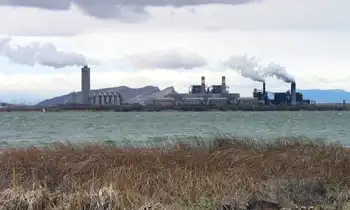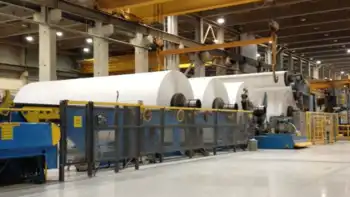What is the best light bulb for me?
The new site compares standard-socket (E26) incandescent, screw-in compact fluorescent (CFL) and halogen bulbs. The bulbs are evaluated in a variety of categories, including efficiency, price, performance, controllability and quality of light.
According to the site:
• Incandescent bulbs provide rich, warm light quality, excellent color rendering and controllability, but are the least efficient.
• Screw-in CFL bulbs are generally the most energy-efficient and have the longest life. However, they provide the least pleasing light quality, do not start up instantly, sometimes flicker and are not disposable due to their mercury content. Additionally, they are not dimmable with a high degree of quality or reliability.
• Halogen bulbs, an efficient variety of incandescent lighting, are up to 30% more efficient than incandescent bulbs. When dimmed by just 30%, they offer the benefits of CFL and standard incandescent bulbs without any of the drawbacks.
“With all the various light bulbs available today, selecting the right one for your needs can be very confusing. That’s why we developed this website. It helps people choose the best bulb for their needs,” said Michael Jouaneh, marketing manager for Lutron Electronics Co., Inc.
“For instance, if energy conservation, bulb life and light quality are important to you, then a good choice is a halogen bulb with a Lutron dimmer. You’ll get the energy efficiency and long life of a CFL bulb with the preferred light quality of an incandescent bulb - without any of the drawbacks of either of them.”
Related News

Scottish North Sea wind farm to resume construction after Covid-19 stoppage
GLASGOW - Neart Na Gaoithe (NnG) Offshore Wind Farm, owned by EDF Renewables and Irish firm ESB, stopped construction in March.
Project boss Matthias Haag announced last night the 54-turbine wind farm would restart construction this week.
Located off Scotland’s east coast, it was awarded a Contract for Difference (CfD) in 2015 and will look to generate enough energy to power 375,000 homes.
It is expected to create around 500 jobs while also delivering £540 million to the local economy.
Mr Haag, NnG project director, said the wind farm build would resume with a small, staggered workforce return in line social distancing rules.
He added:…





